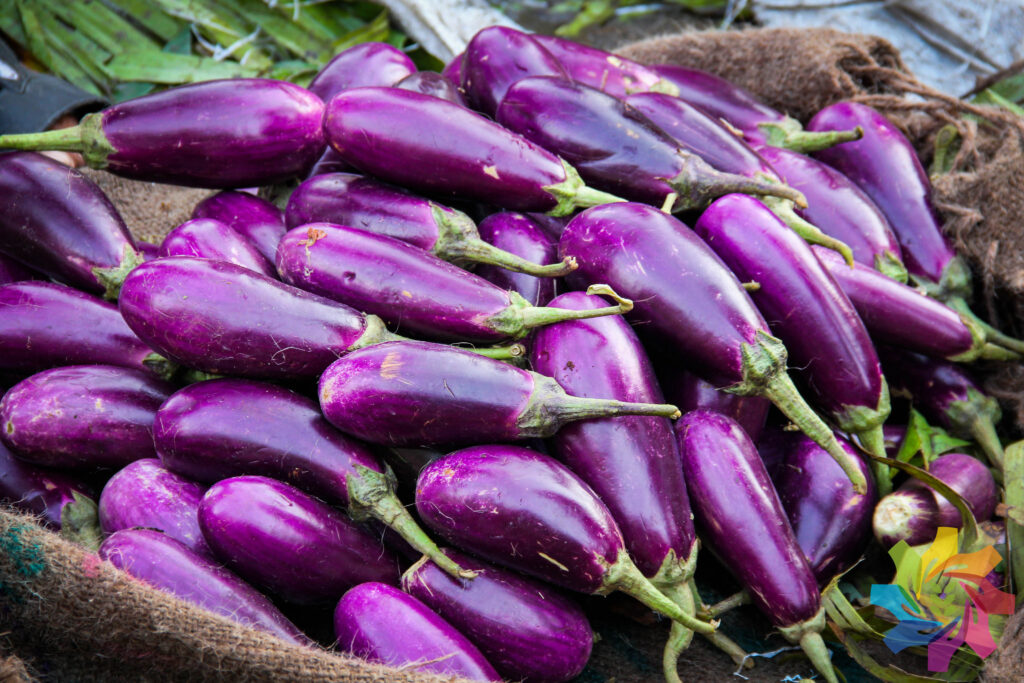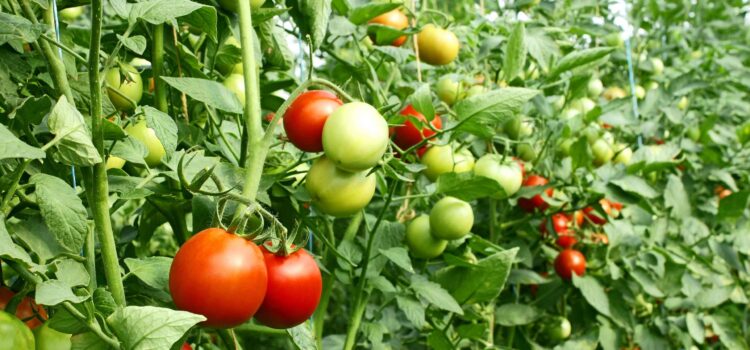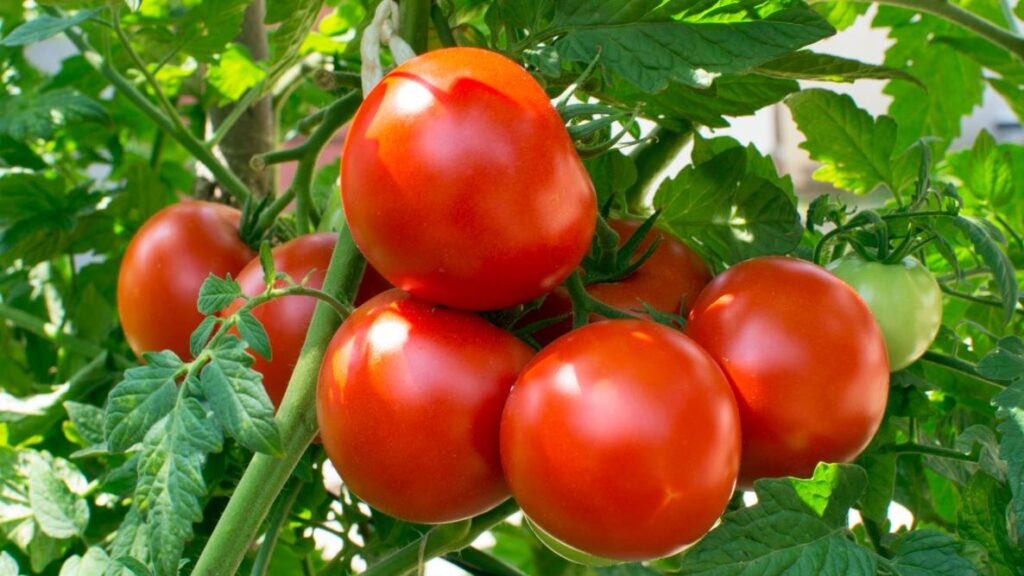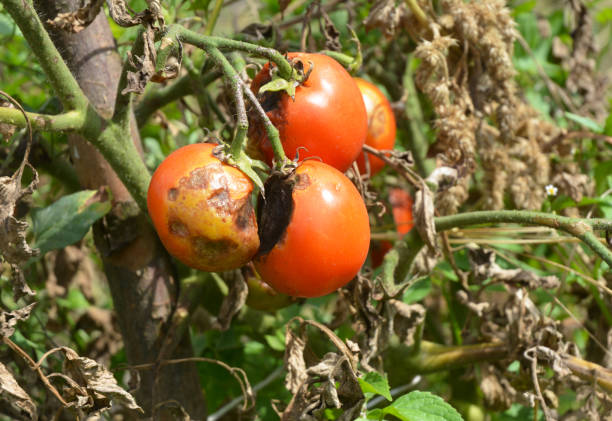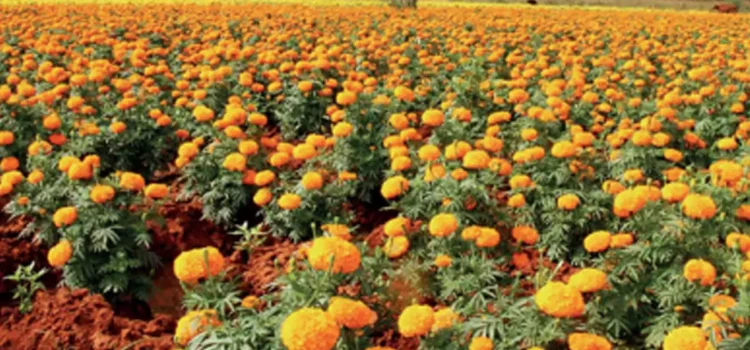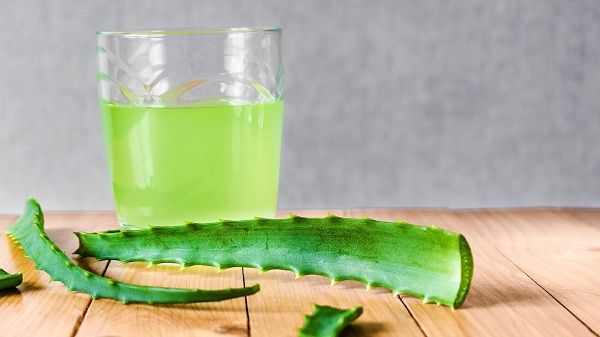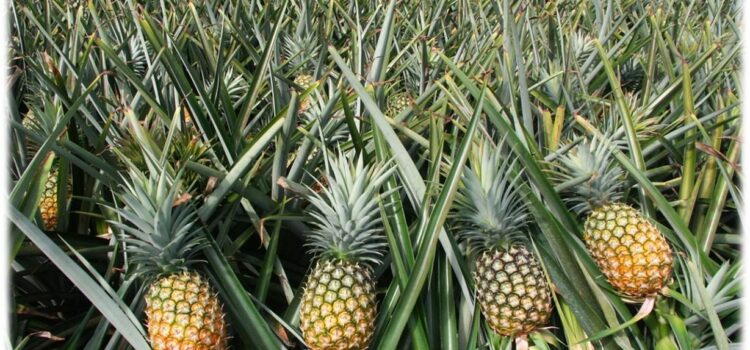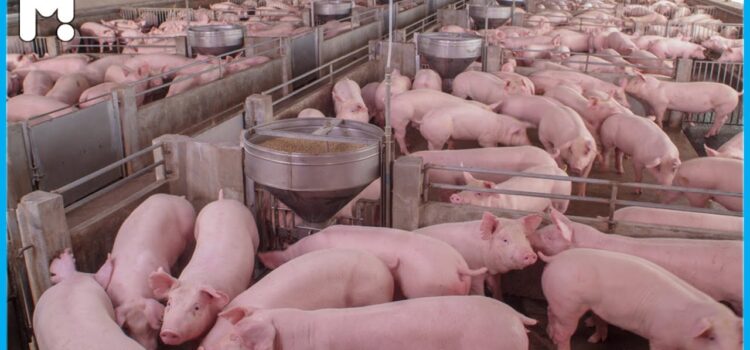Brinjal Cultivation & It’s Economic Importance for Generating Higher Income
Brinjal, also known as eggplant or aubergine, is a vegetable that belongs to the nightshade family, Solanaceae. It is a popular ingredient in many cuisines around the world, particularly in Mediterranean, Middle Eastern, and Asian dishes. Brinjal is characterized by its smooth, glossy, and deep purple skin, although there are also varieties that come in different colors, such as white, green, and even striped. The flesh of brinjal is creamy white and has a spongy texture. In terms of taste, brinjal has a mild, slightly bitter flavor. However, the flavor can vary depending on the cooking method and the spices and seasonings used in the dish. Brinjal is a versatile vegetable that can be cooked in various ways, including grilling, roasting, frying, stewing, and stir-frying. Nutritionally, brinjal is low in calories and carbohydrates, making it a suitable choice for people following a low-calorie or low-carb diet. It is also a good source of dietary fiber and contains vitamins and minerals like vitamin C, vitamin K, vitamin B6, folate, potassium, and manganese.
Cultivation of Brinjal
Brinjal, also known as eggplant or aubergine, can be cultivated in various regions around the world, including America. Here are some general guidelines for brinjal cultivation:
-
Climate and Temperature:
Brinjal is a warm-season vegetable and requires a long growing season with temperatures between 70°F and 90°F (21°C to 32°C) for optimal growth. Choose a location with a warm climate and consider starting seeds indoors if your region has a shorter growing season.
2. Soil Preparation:
Brinjal plants prefer well-drained soil with a pH range of 5.5 to 6.5. Prepare the soil by incorporating organic matter, such as compost, to improve fertility, moisture retention, and drainage.
3. Seed treatment:
Treat the seeds with Trichoderma viride @ 4 g / kg or Pseudomonas fluorescens @ 10 g / kg of seed. Treat the seeds with Azospirillum @ 40 g / 400 g of seeds using rice gruel as adhesive. Irrigate with rose can. In raised nursery beds, sow the seeds in lines at 10 cm apart and cover with sand. Transplant the seedlings 30 – 35 days after sowing at 60 cm apart in the ridges.
4. Nursery bed preparation:
Apply FYM 10 kg, neem cake 1 kg, VAM 50 g, enriched super phosphate 100 g and furadon 10 g per square metre before sowing. Area required for raising seedling for planting 1.0 ha is 100 sq.m
5. Planting:
Start brinjal seeds indoors 6-8 weeks before the last expected frost date. Sow the seeds in seed trays or containers and keep them in a warm, well-lit area until they germinate. Transplant the seedlings into the garden when they have grown to a suitable size and the soil has warmed up.
6. Spacing:
Space the brinjal plants about 2 to 3 feet apart to allow for good air circulation and room for growth. Rows should be spaced around 3 to 4 feet apart.
7. Watering and Mulching:
Provide regular and consistent watering to keep the soil evenly moist. Avoid overwatering, as brinjal plants are susceptible to root rot. Mulching around the plants can help conserve moisture, suppress weeds, and regulate soil temperature.
8. Fertilization:
Prior to planting, incorporate well-balanced organic or slow-release fertilizers into the soil. Additionally, you can apply side dressings of compost or balanced fertilizer throughout the growing season to provide necessary nutrients.
9. Support and Pruning:
Depending on the variety, some brinjal plants may benefit from staking or caging to support the weight of the fruit. Pruning may also be necessary to maintain plant size and shape, as well as improve air circulation and reduce disease risk.
10. Pest and Disease Control:
Monitor the plants regularly for pests like aphids, flea beetles, and spider mites. Implement appropriate pest management strategies, such as handpicking, natural predators, or organic insecticides if necessary. Watch out for diseases such as fungal infections and practice good sanitation, including removing diseased plant material and providing adequate spacing between plants.
11. Harvesting:
Brinjal fruits are typically ready for harvest 60-80 days after transplanting, depending on the variety. Harvest the fruits when they have reached the desired size, color, and firmness. Cut the fruit from the plant using a sharp knife or pruning shears, leaving a small portion of the stem intact. Remember to adapt these guidelines based on your specific location, climate, and available resources. Consulting local agricultural extension services or experienced farmers in your area can provide valuable insights and recommendations for successful brinjal cultivation.
Varieties:
There are some important varieties of brinjal.
Pusa Purple Long, PH4, Pusa Bhairav, Pant Samrat, CO 1, CO 2, MDU 1, PKM 1, PLR 1, PLR (B) 2, KKM 1, PPI 1, Annamalai COBH 1 and COBH 2 etc.
Diseases in Brinjal
Brinjal, like any other plant, can be susceptible to various diseases. Here are some common diseases that can affect brinjal plants:
-
Verticillium Wilt (Verticillium dahliae):
This fungal disease causes yellowing, wilting, and browning of leaves. It affects the vascular system of the plant, leading to stunted growth and eventual plant death. Crop rotation, use of disease-resistant varieties, and soil sterilization can help manage this disease.
2. Fusarium Wilt (Fusarium oxysporum):
Similar to Verticillium wilt, Fusarium wilt is a fungal disease that affects the vascular system of the plant. It causes wilting, yellowing, and necrosis of leaves, followed by plant decline. Crop rotation, use of disease-resistant varieties, and soil sterilization are preventive measures.
3. Bacterial Wilt (Ralstonia solanacearum):
This bacterial disease affects the plant’s vascular system, leading to wilting, yellowing, and sudden collapse of the plant. It is spread through contaminated soil, water, and tools. Crop rotation, removal of infected plants, and use of disease-free planting material can help manage bacterial wilt.
4. Phytophthora Blight (Phytophthora spp.):
Phytophthora blight is a fungal disease that affects the foliage, stems, and fruits of brinjal plants. It causes dark, water-soaked lesions on leaves, stem rot, and fruit rot. Good drainage, proper spacing, and avoiding overhead watering can help prevent this disease.
5. Anthracnose (Colletotrichum spp.):
Anthracnose is a fungal disease that causes dark, sunken lesions on leaves, stems, and fruits. It thrives in warm, humid conditions. Crop rotation, removal of infected plant debris, and fungicide application can help control anthracnose.
6. Early Blight (Alternaria solani):
This fungal disease causes dark lesions with concentric rings on leaves, stems, and fruits. It leads to defoliation and reduced fruit yield. Good plant hygiene, regular pruning, and fungicide treatment can help manage early blight.
7. Powdery Mildew (Leveillula taurica, Oidium spp.):
Powdery mildew appears as a white, powdery growth on leaves, stems, and fruits. It thrives in warm, humid conditions. Adequate spacing, good air circulation, and fungicide application can help control powdery mildew.
8. Tomato Mosaic Virus (ToMV):
This viral disease causes mosaic patterns, stunted growth, and leaf distortion. It is spread through infected plants, tools, and insects. Use of disease-free planting material, insect control, and removal of infected plants are important for managing this virus. Preventive measures such as crop rotation, maintaining proper plant hygiene, using disease-resistant varieties, providing adequate spacing, and practicing good irrigation practices can help minimize the occurrence and spread of diseases in brinjal plants. If you suspect a disease in your brinjal plants, it is best to consult with local agricultural extension services or plant disease experts for accurate identification and appropriate management strategies.
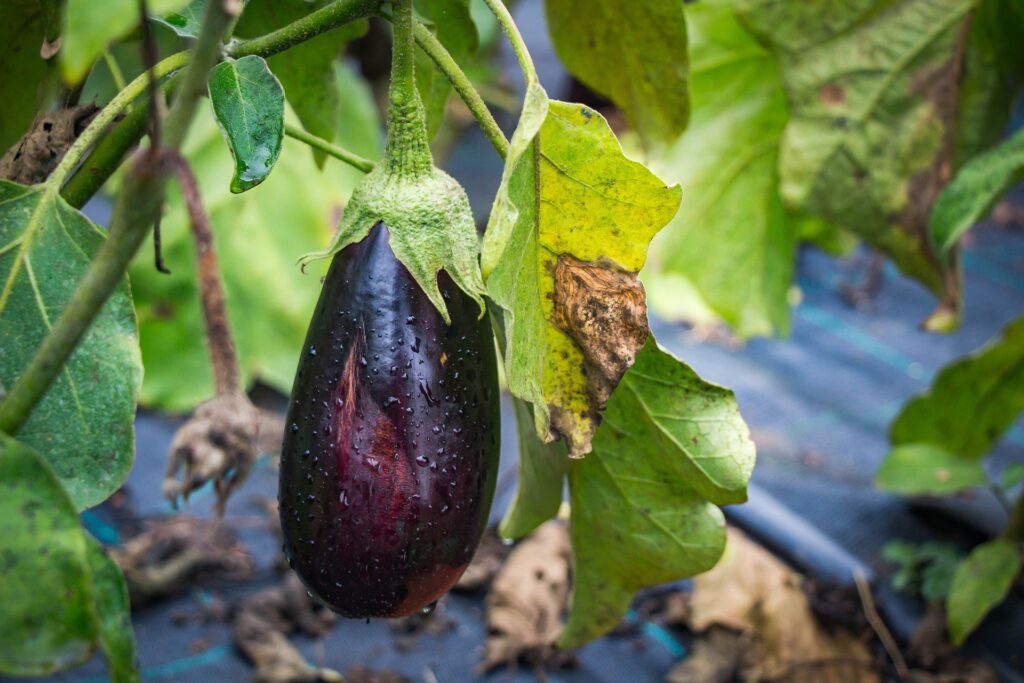
Diseases Control in Brinjal
Controlling diseases in brinjal plants involves a combination of preventive measures, cultural practices, and, in some cases, the use of chemical treatments. Here are some strategies for disease control in brinjal cultivation:
-
Plant Disease-Resistant Varieties:
Select brinjal varieties that are resistant to common diseases in your area. Disease-resistant varieties can significantly reduce the risk and severity of infections.
2. Crop Rotation:
Practice crop rotation by avoiding planting brinjal or other related plants in the same location for consecutive seasons. This helps break the disease cycle by preventing the buildup of pathogens in the soil.
3. Proper Sanitation:
Maintain good plant hygiene by removing and destroying infected plant material promptly. This includes infected leaves, fruits, and stems. Dispose of them properly, away from the growing area, to prevent disease spread.
5. Seed Treatment:
Treat brinjal seeds with hot water or fungicides to eliminate any potential seed-borne pathogens before sowing. Follow the recommended procedures and guidelines for seed treatment.
6. Irrigation Management:
Avoid overhead watering, as excessive moisture on the foliage can promote the development and spread of fungal diseases. Water at the base of the plants, preferably using drip irrigation or soaker hoses.
7. Proper Spacing:
Provide adequate spacing between brinjal plants to ensure good air circulation. This reduces humidity around the foliage, minimizing the risk of diseases like powdery mildew.
8. Weed Control:
Keep the area around the brinjal plants free from weeds. Weeds can harbor pests and diseases and compete with the brinjal plants for nutrients and water.
9. Fertilizer Management:
Apply balanced fertilizers according to the recommended rates and timings. Avoid over-fertilization, as excessive nitrogen can make plants more susceptible to certain diseases.
10. Biological Controls:
Consider using beneficial organisms, such as predatory insects or beneficial microbes, to control pests and diseases naturally. This approach, known as biological control, can help reduce reliance on chemical treatments.
11. Chemical Treatments:
In severe cases or when preventive measures are insufficient, the judicious use of fungicides or other suitable chemical treatments may be necessary. Follow the instructions and safety precautions provided by the manufacturer when applying any chemical treatments. It’s important to note that specific disease control measures may vary depending on the region, prevailing diseases, and local regulations. Consulting with local agricultural extension services, plant disease experts, or experienced farmers in your area can provide valuable insights and recommendations for effective disease control in brinjal cultivation.
Economic Importance of Brinjal
Brinjal (eggplant/aubergine) holds significant economic importance in many regions around the world. Here are some key aspects of its economic importance:
-
Agriculture and Farming:
Brinjal is cultivated on a large scale in many countries, contributing to agricultural economies. It serves as a cash crop for farmers, generating income and employment opportunities. Brinjal cultivation requires labor, land, and other agricultural inputs, creating a value chain that supports farmers, suppliers, and agricultural service providers.
2. Market Demand:
Brinjal has a strong market demand due to its versatility, taste, and nutritional value. It is consumed widely in various cuisines and is used in a range of dishes, from traditional recipes to innovative creations. The consistent demand for brinjal drives its production and trade, leading to economic activity and revenue generation.
3. Export Opportunities:
Brinjal cultivation often extends beyond domestic consumption, with significant exports to international markets. Countries with large-scale brinjal production, such as India, China, and Bangladesh, export brinjal to meet the demand of importing countries. This export trade contributes to foreign exchange earnings and strengthens trade relationships.
4. Food Processing Industry:
Brinjal is used as a raw material in the food processing industry. It is processed into products like pickles, sauces, chutneys, frozen items, and canned goods. The food processing sector adds value to brinjal and creates additional economic opportunities, including job creation and revenue generation.
5. Agribusiness and Supply Chains:
The cultivation and trade of brinjal contribute to the growth of agribusiness and supply chains. This includes seed production, nurseries, fertilizer and pesticide manufacturing, packaging, transportation, and distribution networks. These interconnected sectors create employment opportunities and stimulate economic development.
6. Rural Development:
Brinjal cultivation plays a role in rural development, particularly in areas where agriculture is a primary source of livelihood. It provides income and employment opportunities for rural communities, contributing to poverty reduction and economic growth at the local level.
7. Research and Development:
Brinjal has also been the subject of research and development efforts, particularly in biotechnology. Genetically modified (GM) brinjal varieties, such as Bt brinjal, have been developed to resist certain pests, reducing the need for chemical pesticides. Such advancements in crop improvement technologies can have economic benefits by enhancing yields, reducing production costs, and improving crop quality. Overall, the economic importance of brinjal lies in its contribution to agriculture, food production, trade, and employment generation. The crop serves as a source of income for farmers, supports various sectors of the economy, and meets the demand of consumers in both domestic and international markets.
Sales and Export of Brinjal
The sales and export of brinjal (eggplant/aubergine) can vary depending on factors such as local demand, production capacity, trade agreements, and market conditions. Here is some general information about the sales and export of brinjal:
-
Local Sales:
Brinjal is a popular vegetable in many countries and is commonly available in local markets and grocery stores. It is consumed both fresh and processed in various culinary preparations. Local sales of brinjal are driven by consumer demand and can vary from region to region.
2. Export Markets:
Brinjal is exported to different countries based on their demand and import regulations. Major exporters of brinjal include countries like India, China, Bangladesh, Turkey, and Indonesia. These countries often have large-scale production and are able to meet both domestic demand and export requirements.
3. Importing Countries:
Brinjal is imported by countries where local production is insufficient to meet the demand or when it is out of season. Importing countries can include those in Europe, North America, the Middle East, and other regions where brinjal is not commonly grown or where the climate is not suitable for its cultivation.
4. Export Regulations and Quality Standards:
Exporting brinjal may require compliance with certain regulations and quality standards set by importing countries. These standards can include criteria related to food safety, packaging, labeling, and pesticide residue limits. Exporters need to ensure that their brinjal meets the specific requirements of the target market.
5. Trade Agreements:
The export of brinjal can be influenced by trade agreements between countries. Free trade agreements or preferential trade arrangements can facilitate the export of brinjal by reducing or eliminating trade barriers such as tariffs or import quotas.
6. Value-Added Products:
In addition to fresh brinjal, value-added products such as brinjal pickles, sauces, and frozen or canned brinjal products may also be exported. Processing brinjal into value-added products can extend its shelf life and offer different market opportunities.
7. Market Trends:
Consumer preferences and market trends can influence the demand for brinjal and its export potential. For example, the increasing popularity of plant-based diets and the growing interest in international cuisines can create opportunities for brinjal exports to cater to these trends. It’s important to note that the specifics of sales and export of brinjal can vary significantly based on local and global market dynamics. For accurate and up-to-date information on the sales and export of brinjal, it is advisable to consult trade associations, agricultural export boards, market research reports, and relevant government agencies in your country or the target export market.
